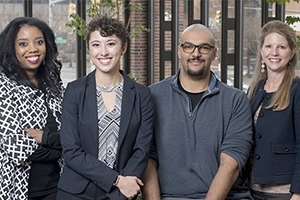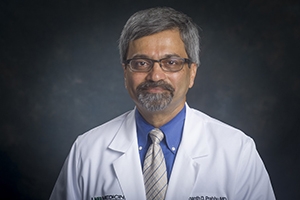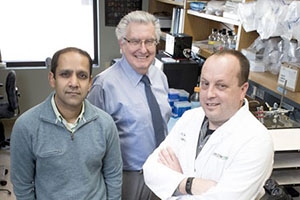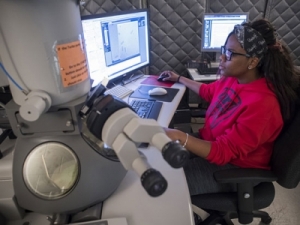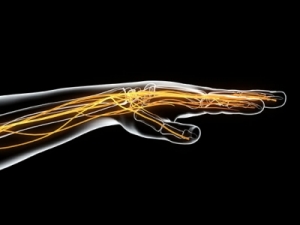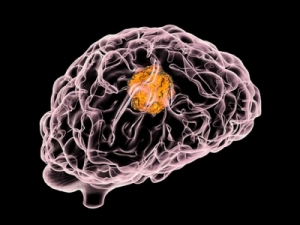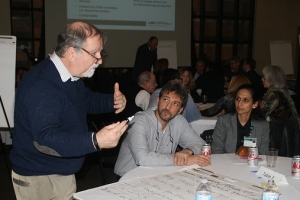
Jeff Hansen
| This email address is being protected from spambots. You need JavaScript enabled to view it.
Nathaniel Harnett and Kirsten Schoonover are at the front of the pack in a national effort to increase diversity in neuroscience.The two UAB graduate students—and just 10 other predoctorates from underrepresented backgrounds across the United States—won inaugural neuroscience awards last year from the National Institute of Neurological Disorders and Stroke, or NINDS.
University of Alabama at Birmingham researchers have identified a therapeutic target to prevent or delay heart failure from pressure overload of the heart, and a potential biomarker for the same.
In a collaborative study using a mouse model, University of Alabama at Birmingham researchers from the departments of Anesthesiology and Perioperative Medicine, Biostatistics, Emergency Medicine, Pathology, and Surgery have found mechanistic links between older stored red blood cell transfusions and subsequent bacterial pneumonia.
UAB researchers have preliminary data, with cultured cells or diabetic hearts, that diabetes impairs this removal of dead heart-muscle cells. They believe this impairment may be the reason diabetes increases the risk for cardiovascular disease, including heart failure.
J. Michael Wyss, Ph.D., has spent decades at the University of Alabama at Birmingham looking into brain function in his research lab and reaching out to Birmingham-area and Alabama K-12 schools to improve their science, math and technology education, particularly for underrepresented and minority students.
Imaging of biomolecules is taking a leap forward at UAB, which installed a $600,000 direct electron detector on its cryo-electron microscope in January. This advanced, direct electron detector will yield near-atomic resolution of macromolecules and 3-D tomography of cells or tissue slices.
Human peripheral nerves — all the nerves outside of the central nervous system — are protected by the blood-nerve barrier. Researchers have detailed, for the first time, the normal human transcriptome of the blood-nerve barrier.
In animal experiments, a human-derived glioblastoma significantly regressed when treated with the combination of an experimental enzyme inhibitor and the standard glioblastoma chemotherapy drug, temozolomide.
The AMC21 School of Medicine Research Retreat met on Jan. 19, 2018, with focus on “Strategic Recruitment in the SOM.” As part of the AMC21-five-year goal to reach the top 20 in NIH funding, UAB will need to recruit a net of 80 to 84 funded faculty and retain and develop current faculty.
Large, human cardiac-muscle patches created in the lab have been tested for the first time on large animals in a heart attack model. This clinically relevant approach showed that the patches significantly improved recovery from heart attack injury.
